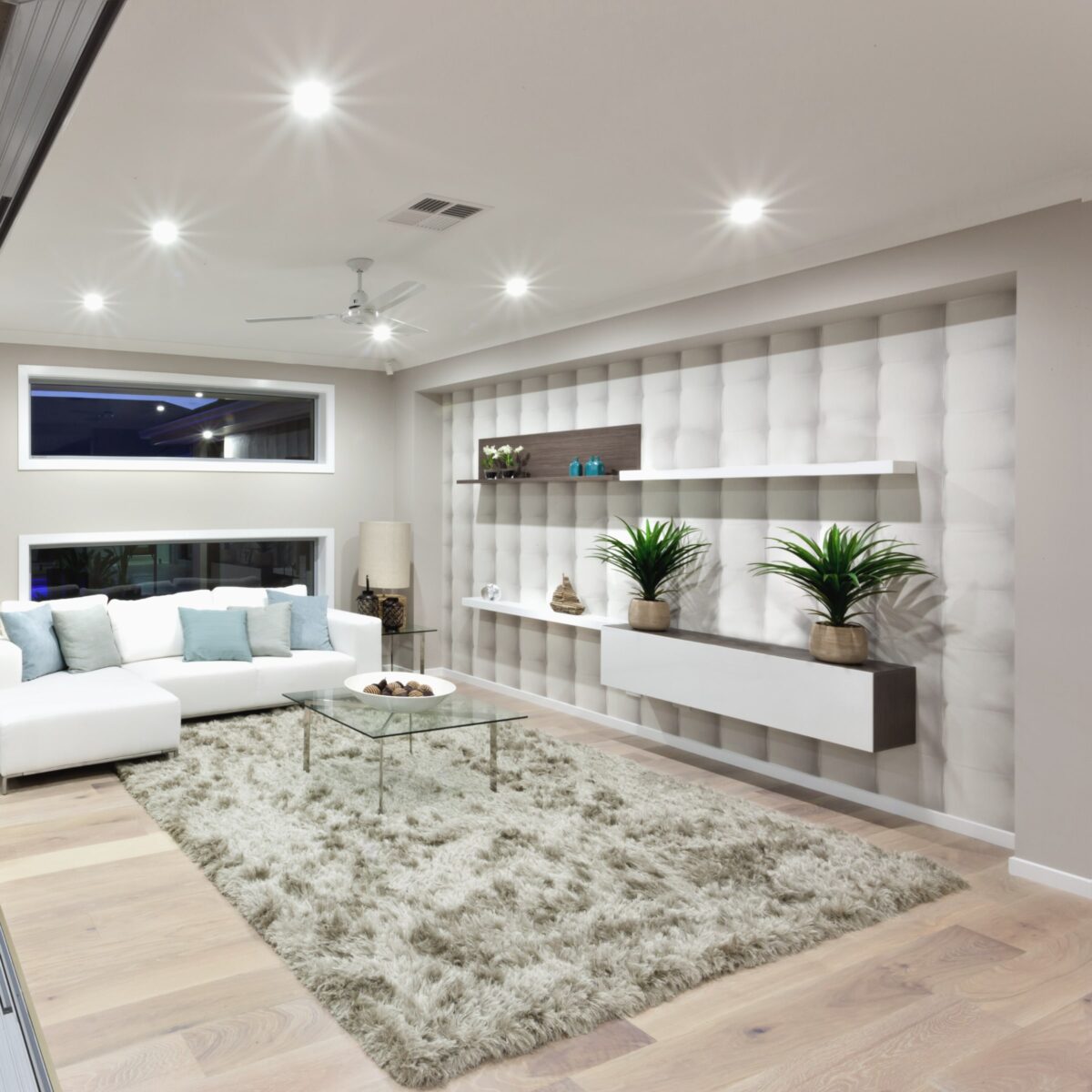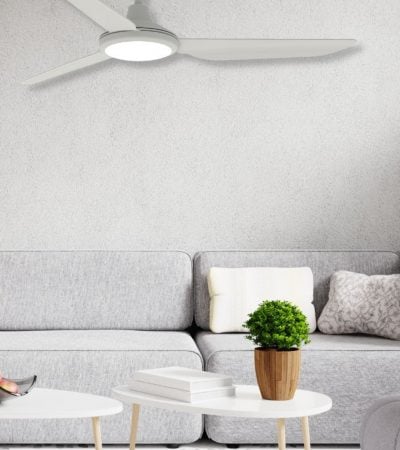
Shop the best price on ceiling fans with our lowest fan price guarantee!
Shop the best price on ceiling fans with our lowest fan price guarantee!
To NSW, ACT & VIC, and metro QLD & SA*
If you find a lower price, we’ll match it!
Sign up for exclusive VIP discounts all year round!
Whether you are building a new home, or completing a renovation, or simply wanting to shed a little more light on your spaces, you will inevitably ask, “how many lights do I need to adequately light my space?”
It used to be that you could walk into any store and pick up a light globe based on wattage, making an assumption that the higher the wattage, the brighter the light output. Now, however, with the introduction of LED lighting, it is more appropriate to think about lumens as a more accurate measure of brightness.
Let’s start by looking at a few important lighting terms.
Watts have never really been a measure of brightness, instead, watts tell us how much energy is consumed to reach a certain level of brightness. It just so happened that most incandescent globes of the same wattage produced the same amount of light output, so it was easy to measure the brightness of a globe by the number of watts of energy it consumed.
Today, light globes can produce the same amount of brightness using far less energy than traditional incandescent globes, or even halogen or fluorescent globes. For instance, a 100W incandescent globe will emit around 1400 lumens (brightness). By comparison, halogen globes will emit the same brightness using only 70W of energy, fluorescent globes only 24W of energy, and LED globes only 15W of energy.

When we talk about how bright a light is, we are referring to the lumens. Lumens are a measure of how much visible light is emitted from the light globe, or, simply put, how bright a light is.
The introduction of more efficient forms of lighting, such as LED lights, means we are able to get more light from a globe while using less energy. The efficiency of a globe is measured by the number of lumens produced for each watt of energy consumed.
With the introduction of energy efficient forms of lighting, it can get confusing to work out what globe you need for what space, and how this compares to traditional light globe measures. The Lighting Council Australia have put together an informative guide which will help you find a replacement for older globe technology, which they summarise in the table below.

Now that we’ve covered off some of the basic lighting terms, below is a quick guide to the lumens you will need to adequately light the different spaces of your home.
Kitchen – 5,000 to 10,000lm
Bathroom – 4,000 to 8,000lm
Bedroom – 2,000 to 4,000lm
Living Room – 1,500 to 3,000lm
Dining Room – 3,000 to 6,000lm
Keep in mind, this is a rough guide, as the number of lumens required will also need to take account of the size of your spaces, as well as how you typically use those spaces.
To allow you to do more specific calculations for your home, we need to introduce another lighting term.
Lux is the unit of measurement for the perceived brightness of a light equal to one lumen per square metre. The easiest way to think of this is the intensity of light within a space. Or, think of it as concentration of light, where light travels and becomes less concentrated the further away from the light source it gets.
By looking at the concentration of light, or lux, we can calculate the lumens required to adequately light a space, and with that, how many lights, of a certain lumen, will be needed.
There are a few steps to calculating how many lumens you will need:

If that was all a lot of math to take in, chat to one of our lighting experts! Or, take advantage of our free in-store lighting planning service, either by coming in to see us, or giving us a call or email. We can help you to find the right lighting options to ensure your spaces are adequately lit in all the right ways.
Become a Rovert VIP to unlock exclusive savings & offers!
Shop VIP prices
PLUS save $10 on your first
online order over $100!
